We are happy to announce that tomorrow we will be attending LA SANTÉ DANS TOUS SES ÉTATS – 11 MAI 2017 of the Le Forum Des 100 in Lausanne, Switzerland.
This conference will tackle hot subjects such as AI, Big Data and the IoT in healthcare. With a lot of experience in providing our services to the healthcare industry, we are very excited about this event, and hope to learn a lot of new things about the new trends in healthcare.
Our sales director Pierre Alain Schmid will be attending the conference tomorrow.
For more information about our services and the Cloud you can contact mr. Schmid at:
pierre@radixcloud.com








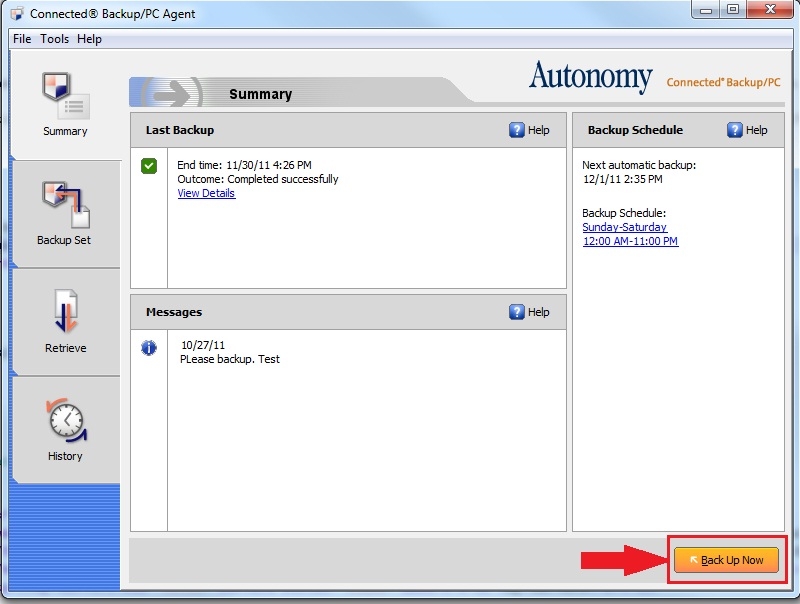
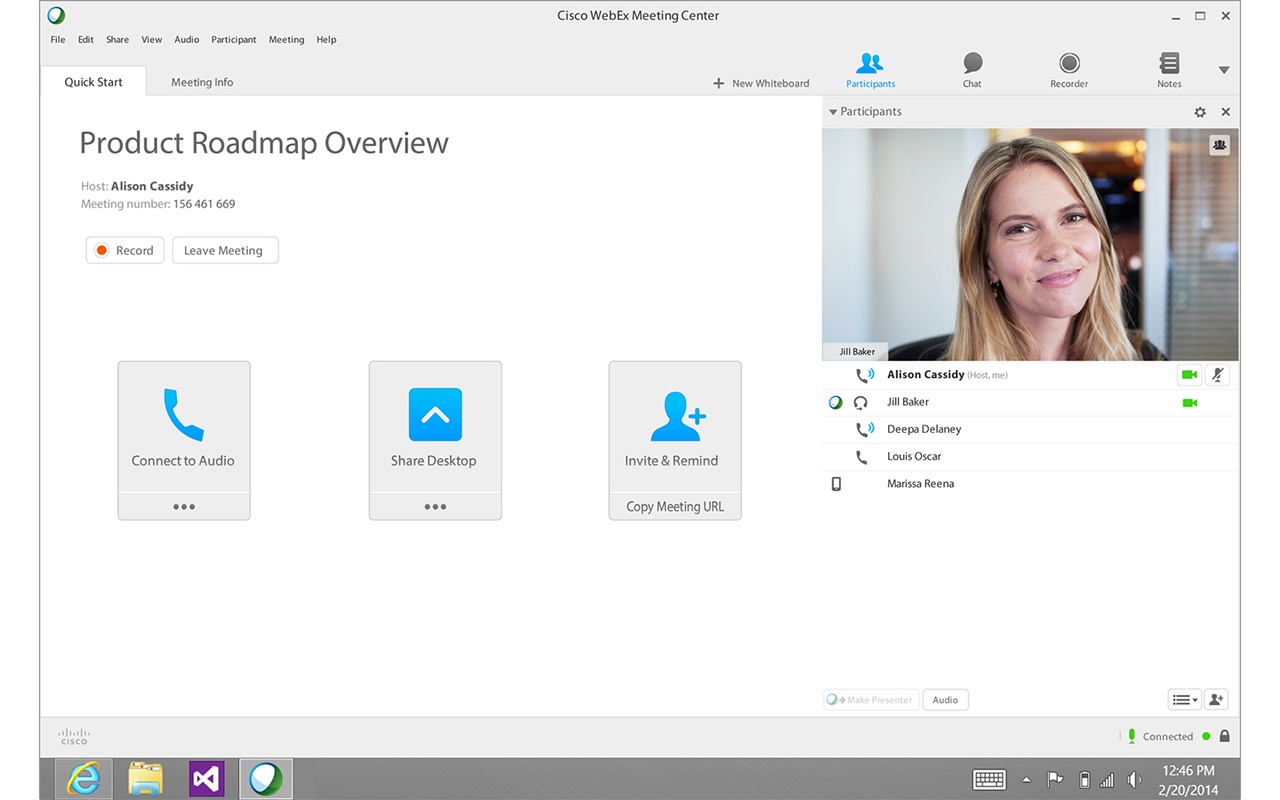
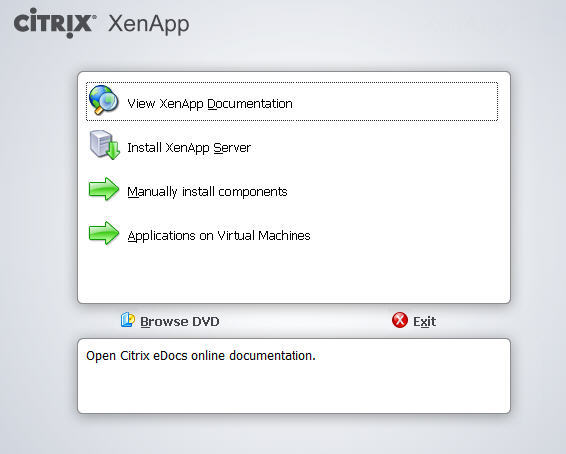
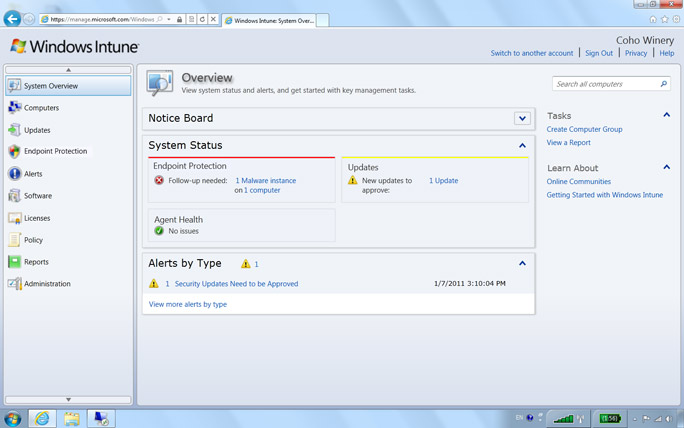
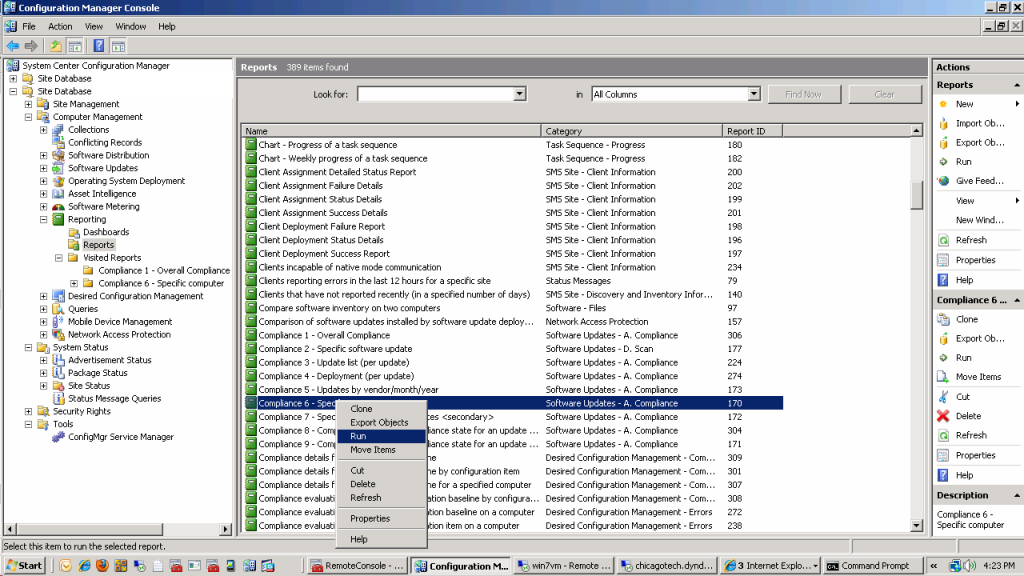
















 Deutsch
Deutsch Français
Français Македонски
Македонски